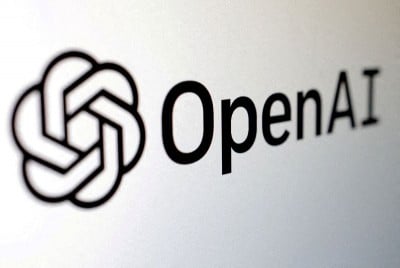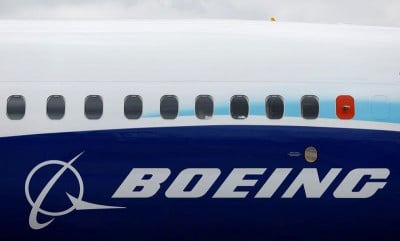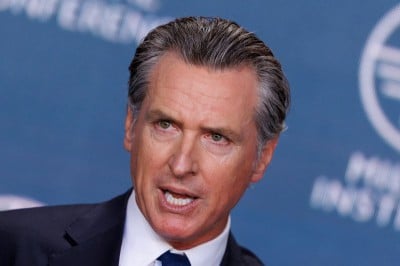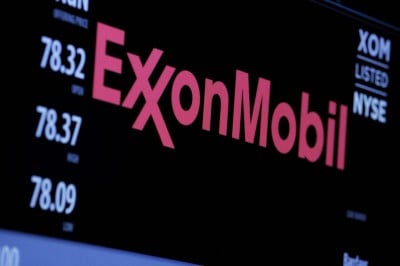The Balance聽
Demand in economics is the consumer's desire and ability to purchase a good or service. It's the underlying force that drives economic growth and expansion. Without demand, no business would ever bother producing anything.
Key Takeaways
- In economics, demand refers to how much of a good or service consumers are willing to buy at a given price.
- The law of demand states that as price increases, demand generally falls, and vice versa.
- The law of demand for a given product or service can be plotted on a chart as a demand curve.
- Demand can be elastic, meaning that demand changes by almost the exact same percentage as price changes, or it can be inelastic, meaning that demand remains fairly consistent regardless of price change.
Law of Demand
But the price is not the only determining factor. The law of demand is only true if all other determinants don't change.
Note
In economics, this is called聽ceteris paribus. The law of demand formally states that,聽ceteris paribus, the quantity demanded for a good or service is inversely related to the price.
Determinants of Demand
Circumstances drive the next three determinants. The first is consumer income, or how much money they have to spend. The second is buyers' tastes or preferences in what they want to purchase. If they prefer electric vehicles to save on gasoline, then demand for Humvees will drop. The third is their expectations about whether the price will go up. If they are concerned about future inflation they will stock up now, thus driving current demand.
Demand Schedule
The聽demand schedule聽is a table or formula that tells you how many units of a good or service聽will be聽demanded at the various prices,聽ceteris paribus. Here is an example of a demand schedule:
| Amount of Beef Bought at Each Price Point | |
|---|---|
| Price/lb. | Quantity (in lbs.) |
| $3.46 | 10.0 |
| $3.55 | 聽 9.8 |
| $3.69 | 聽 9.5 |
| $3.80 | 聽 9.4 |
| $3.85 | 聽 9.3 |
| $3.88 | 聽 9.3 |
| $3.88 | 聽 9.3 |
| $4.01 | 聽 9.1 |
| $4.09 | 聽 8.9 |
| $4.45 | 聽 8.5 |
Demand Curve
If you were to plot out how many units you would buy at different prices, then you've created a demand curve. It graphically portrays the data that's been detailed in a demand schedule.
Note
In the chart above, price is on the x-axis, and quantity bought is on the y-axis. At P2, the higher price, the consumers will only buy Q0, the lower quantity. If the price drops to P1, then the quantity bought will increase to Q1.
When the demand curve is relatively聽flat, then people will buy a lot more even if the price changes a little. When the demand curve is fairly steep, then the quantity demanded doesn't change much, even though the price does.
Elasticity of Demand
Demand elasticity means how much more, or less, demand changes when the price does. It's specifically measured as a ratio. It's聽the percentage change of the quantity demanded divided by the percentage change in price.聽
There are three levels of demand elasticity:
- Unit elastic is when demand changes by the exact same percentage as the price does.
- Elastic聽is when demand changes by a greater percentage than the price does.
- Inelastic聽is when demand changes by a smaller percentage than the price does.
Aggregate Demand
Aggregate demand can be measured for a country. It's the quantity of the goods or services the country produces that the world's population demands. For that reason, it is composed of the same five components that make up gross domestic product:
- Consumer spending
- Business investment spending
- Government spending
- Exports
- Imports, which are subtracted from aggregate demand and GDP
What Business Depends on Demand
All businesses try to understand and聽guide consumer demand. They seek to understand it with market research. They attempt to guide it with marketing, including public relations and advertising.聽
Note
If something is in high demand, businesses make more revenue. If they can't make more fast enough, the price goes up. If the price increase sustains over time, then you have聽inflation.
If demand drops, then businesses will lower prices. They hope that's enough to shift demand from their competitors and take more market share. If that doesn't work, they will innovate and create a better product. If demand still doesn't rebound, then companies will produce less and lay off workers. If that happens across the board, it can cause an economic contraction. That phase of the聽business cycle聽creates a聽recession.
Demand and Fiscal Policy
The federal government also tries to manage demand to prevent either inflation or recession. This ideal situation is called the聽Goldilocks economy.
Note
Policymakers use聽fiscal policy聽to boost demand in a recession or lower it during periods of inflation.
To boost demand, it either cuts taxes or purchases more goods and services. It can also give聽subsidies聽to businesses or benefits to individuals such as聽unemployment benefits.聽It increases demand by raising confidence and creating enough jobs. Research shows that the聽best ways to create those jobs聽is government spending on mass transit and education.
To lower demand, Congress can raise taxes, cut spending, or withdraw subsidies and benefits. This often angers beneficiaries and leads to the elected officials being booted out of office.
Demand and Monetary Policy
Most inflation fighting is left to the聽Federal Reserve聽and聽monetary policy. The Fed's most effective tool for reducing demand is by raising聽interest rates. This shrinks the聽money supply and reduces lending. With less to spend, consumers and businesses might want more, but they have less money to do it with.
The Fed also has powerful tools to boost demand. It lowers interest rates and increases the money supply. With more money to spend, businesses and consumers can buy more.
Even the Fed is limited in boosting demand. If unemployment remains high for a long period of time, then consumers don't have the money to get the basic needs met. No amount of low interest rates can help them, because they can't take advantage of low-cost loans. They need jobs to provide income and confidence in the future. That's when Congress must step in with expansionary fiscal policy.
Frequently Asked Questions (FAQs)
What is demand-side economics?
Demand-side economics is another way of referring to Keynesian economic theory. During the Great Depression, British economist John Maynard Keynes promoted the theory that demand is the driving force in an economy. He believed stimulating demand can improve struggling economies. This is the opposite of supply-side economics.
What is excess demand in economics?
Excess demand occurs when there isn't enough supply to meet demand at current prices. In other words, there is a shortage or scarcity of supply.






